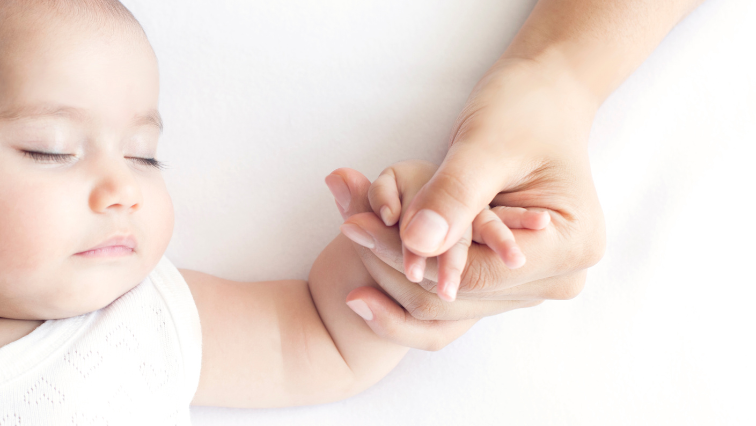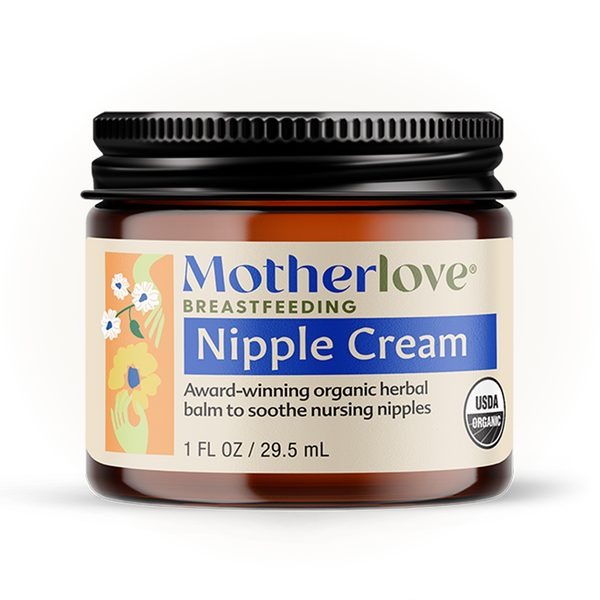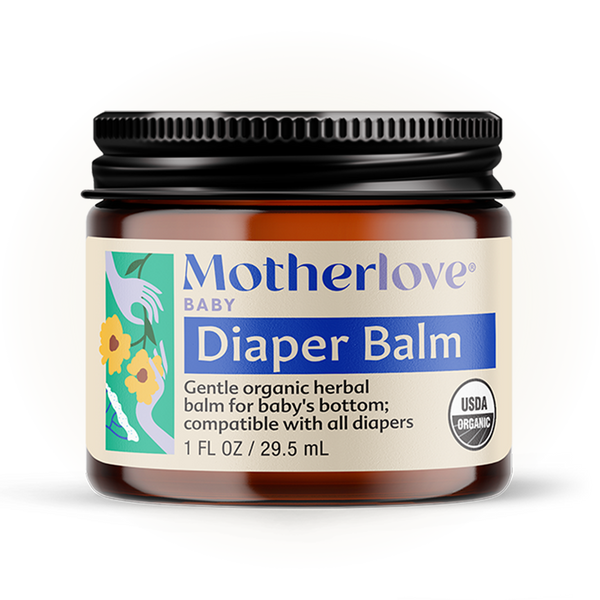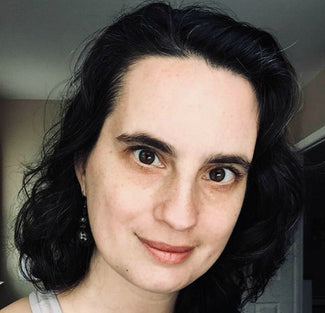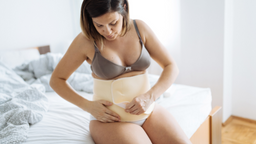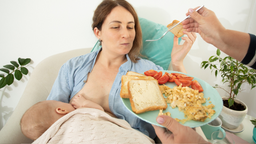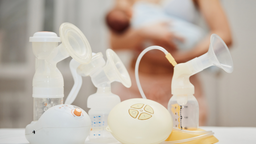Written by: Wendy, IBCLC.
Recently, the Academy of Breastfeeding Medicine (ABM) released new sleep guidelines for breastfeeding parents and their babies. For many breastfeeding parents—especially those who have been told repeatedly that it’s not safe to share a bed with their baby—these guidelines offer some reassurance and helpful tips.
These guidelines can be found on the ABM’s website, and are translated into several different languages, so that they can be helpful to as many parents as possible. Here we’ll take a look at what the guidelines say, the rationale behind them, and what they may mean to breastfeeding parents.
THE RATIONALE BEHIND THE GUIDELINES
The new sleep guidelines are based on a ABM protocol about breastfeeding and bedsharing, revised in 2020 and published in Breastfeeding Medicine. The guidelines summarize the ABM’s guidance about how to sleep safely as a breastfeeding parent, with actionable steps to take to make this possible.
While most health organizations recommend that both breastfeeding parents and non-breastfeeding parents don’t share a bed with their babies under any circumstances, ABM’s protocol acknowledges that most parents will do so at some point, so it’s best to teach parents to do this safely. ABM notes that sharing sleep with a baby increases breastfeeding initiation and duration, and decreases the chances that you will need to supplement with formula or pumped milk.
They emphasize that their bedsharing recommendations are meant for breastfeeding parents only, who are biologically primed to be more aware of their infants throughout the night. Breastfeeding parents also tend to bedshare with their babies while adopting a position called the C-position or cuddle curl. In this position, the breastfeeding parent is on their side, curled around their infant. This position is thought to protect babies from moving around the bed and making contact with unsafe objects, like pillows and blankets.
As the ABM notes in their updated protocol, breastfed babies who sleep with a lactating parent tend to spend less time in a deep sleep and more time in a lighter sleep. This is thought to be protective, because these babies are easier to rouse from moment of breathing difficulties (apneas).
WHAT THE NEW GUIDELINES SAY
The new guidelines emphasize that sharing a bed with a baby should only be done by breastfeeding parents, and should only be done on a bed. That means that sofas, chairs, recliners, or any other non-bed surfaces are categorically unsafe to sleep on with a breastfeeding baby. Additionally, they note that no one who has recently used drugs or alcohol should share sleep with a baby. The same is true of smoking.
Another important note is that infants who are premature or born with a low birth weight should not share a bed with their parents. This is true even if they are a breastfed infant. You should talk to your healthcare provider about when it may be appropriate to safely sleep with a baby who was born prematurely.
While sharing sleep, it’s important that your bed is as safe as possible. Tips for making your bed safe include:
-
Only sleeping on a firm and flat mattress
-
Not pushing your bed against a wall (baby can get trapped between bed and wall)
-
Not using a guardrail (again, because of possible entrapment)
-
Removing any extra pillows, thick blankets, toys, dangling objects
-
Never placing a blanket or pillow over your baby’s head
-
Placing your bed on the floor is a good option
You may have heard a lot about the “back to sleep” campaign, with the idea that babies should always sleep on their backs to reduce the chances of SIDS. This still holds true when you are sharing a bed with your baby. While you are nursing your baby, they will be on their side facing your breast, but once they are back to sleep, ABM emphasizes that they should be put to sleep on their backs.
WHAT THIS MEANS FOR BREASTFEEDING PARENTS
If you are a breastfeeding parent, you’ve likely heard a lot of different messages about sleep. You might have been told that you definitely shouldn’t sleep with your baby under any circumstances, both because it’s not safe and also because it sets up “bad sleep habits.” You might have also been told that sleeping with your baby is the only way to maintain a good milk supply and that you are a “bad” breastfeeding parent if you’d rather not bedshare.
There is no “right” answer here! The truth is that most breastfeeding parents do a combination of sleeping with their babies and placing their babies on an alternative surface. However you do it, though, you should ensure that you are doing it safely. For all babies, that means placing their babies to sleep on their backs, on a firm surface, and with no extraneous pillows or bedding around.
These new guidelines from ABM are likely going to help breastfeeding parents who bedshare already feel more confident about doing so. It may also give parents who are on the fence permission to sleep with their baby more often. Moreover, these guidelines provide some tips about ensuring you are bedsharing as safely as possible (this is SO important!).
All babies are different, so even with these guidelines in mind, it’s vital that you check in with a medical provider before sharing a bed with your baby. If you feel unsure about how to approach the discussion, you can bring these new ABM guidelines for support, and as a springboard to start your discussion.
